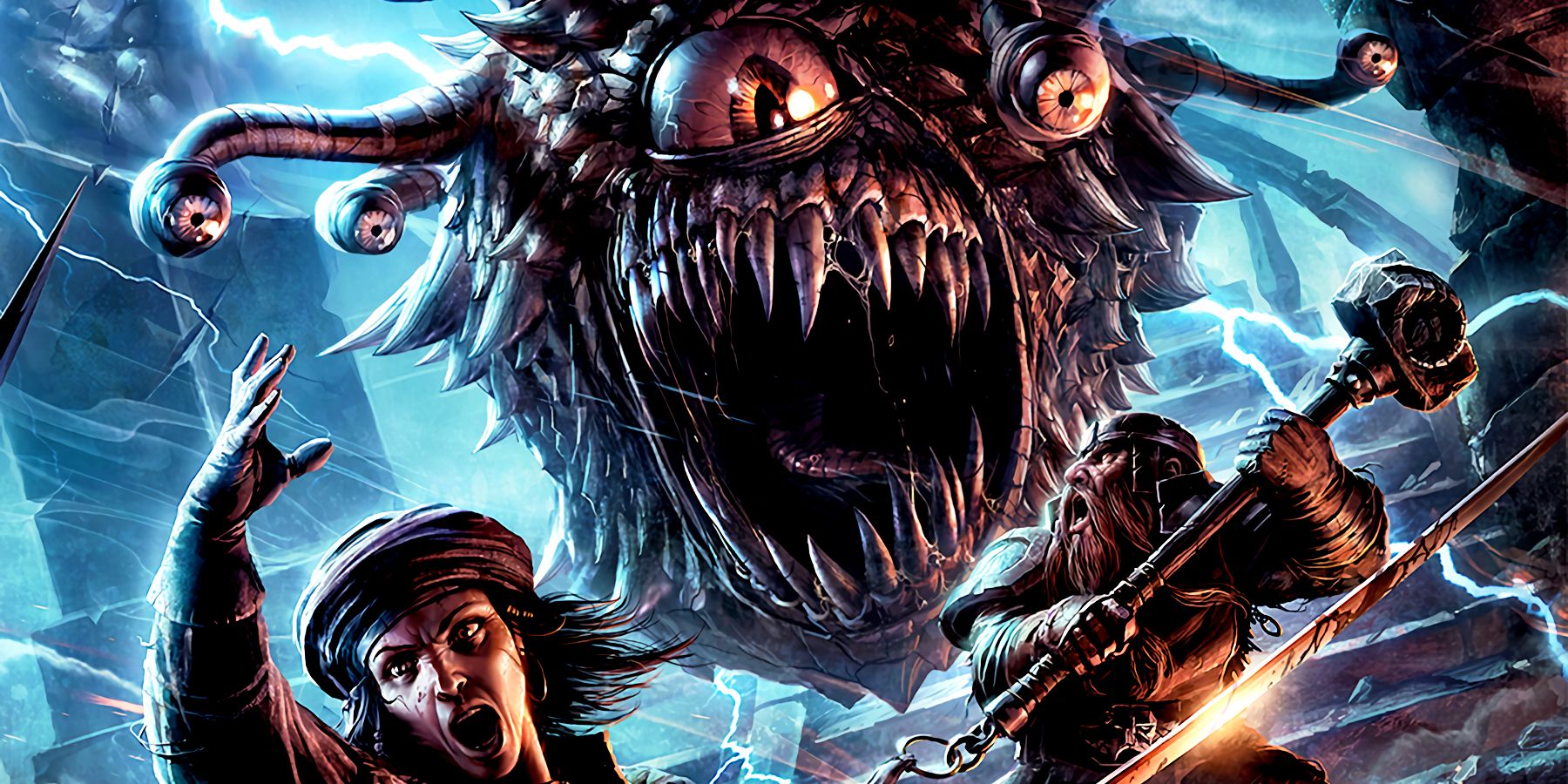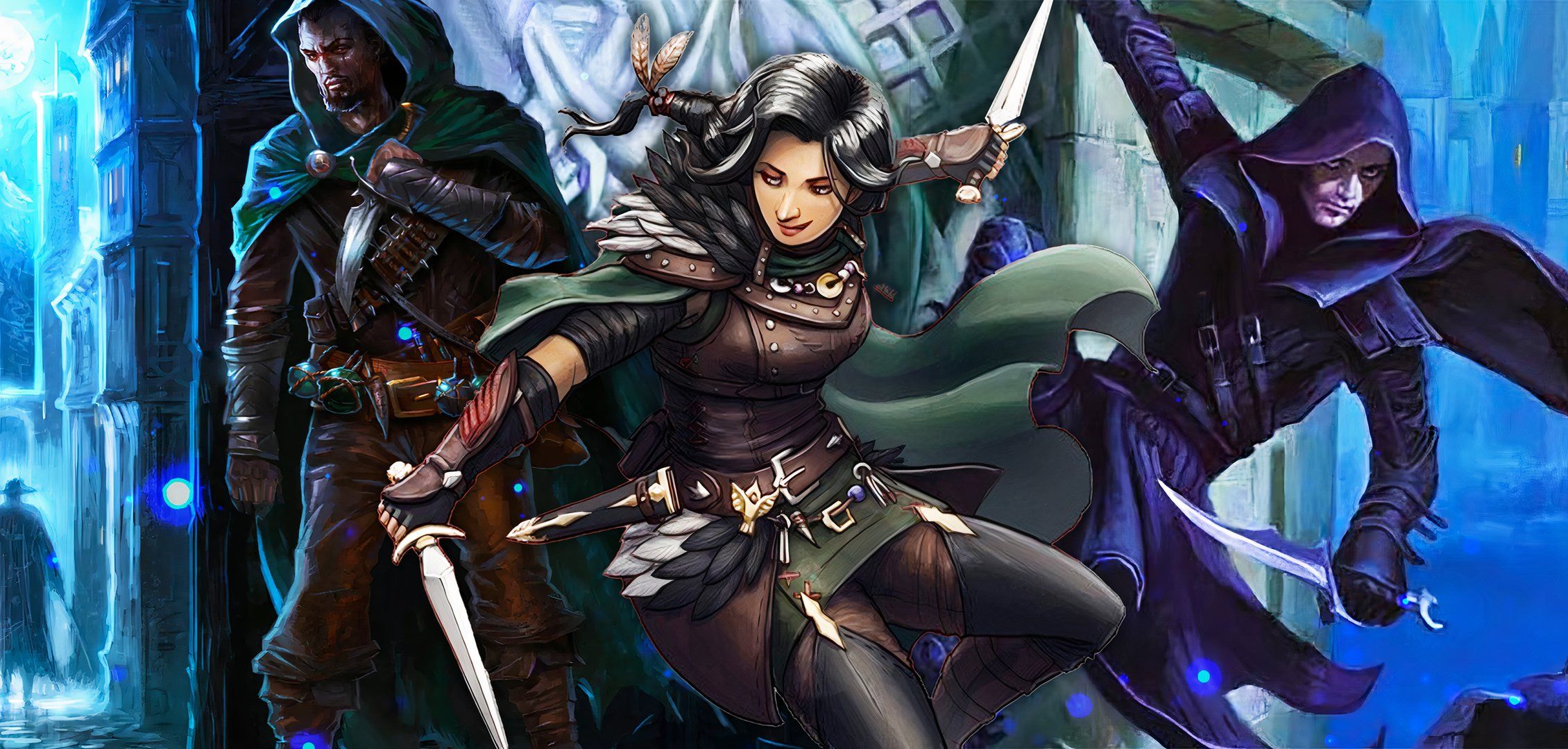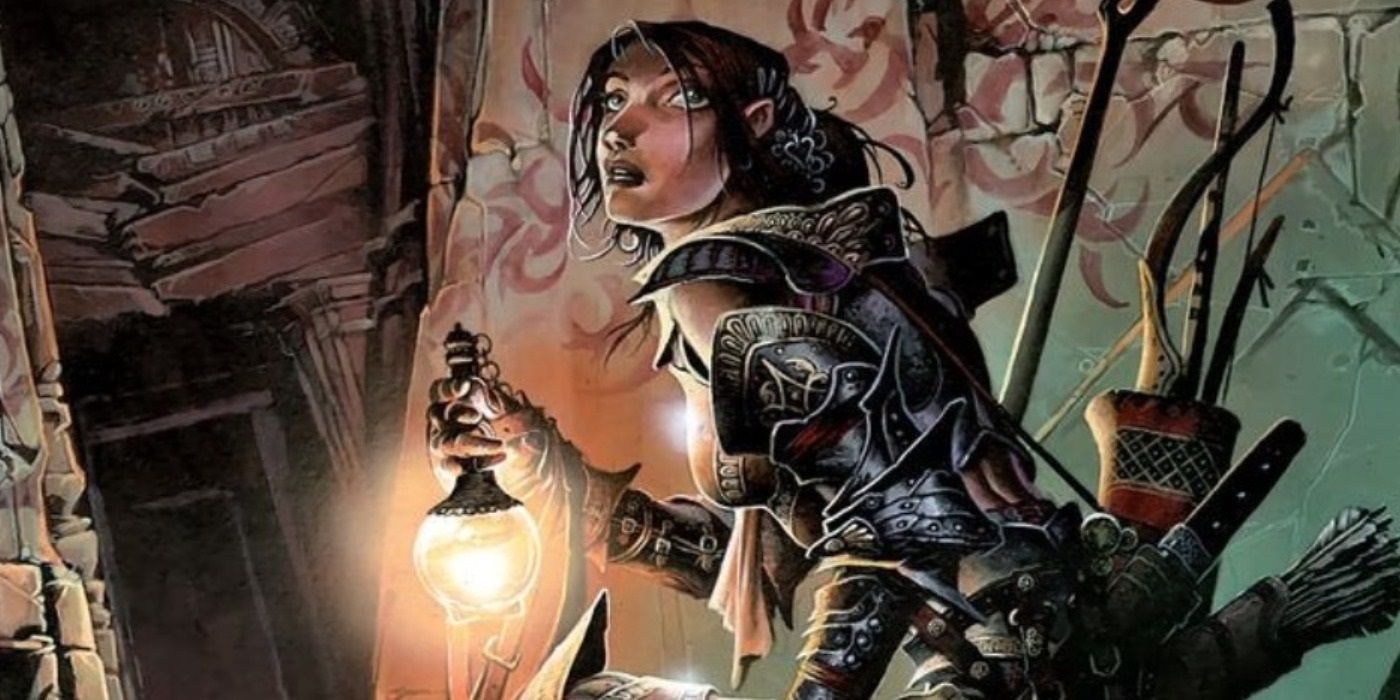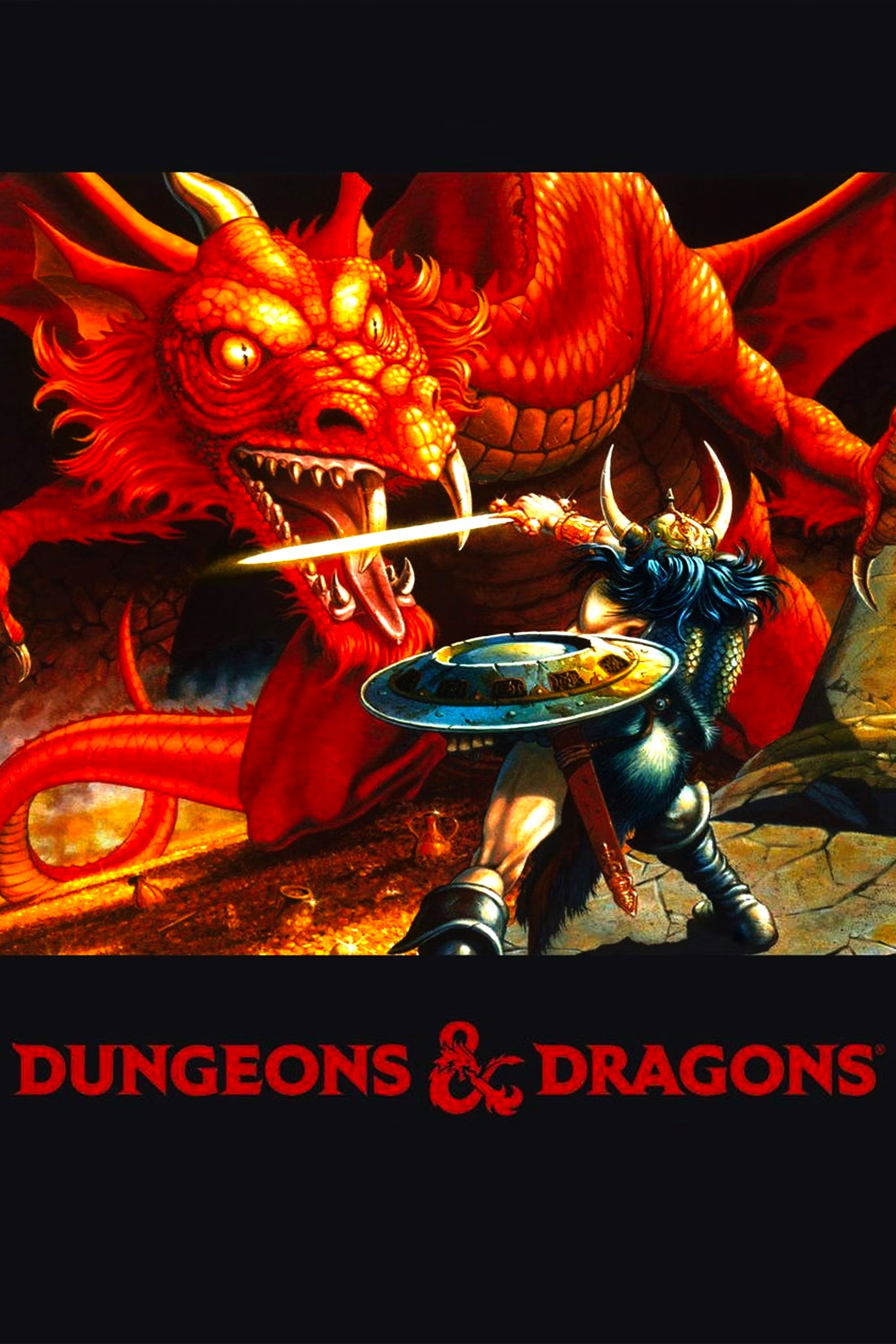Related
Summary
compare to the other warlike stratum ofDungeons & Dragons , varlet have a phone number of unique features , the most combat - oriented of which is Sneak Attack . Whereas other warlike grade , like battler , barbarian , and monk , are mostly aboveboard in the way that they can deal damage , a scalawag ’s Sneak Attack encourages a certain amount of planning , teamwork , and in - case trickery , lay down the most out of item-by-item flak rather than make multiple freestanding attempt roll . While brawny , nobble Attack only work under sure conditions , which can sometimes be hard to keep track of .
InDnD , the rogue form and its various subclass are alone among martial classes for birth several features devote to mostly out - of - combat scenarios , encourage a foxy and less lineal playstyle befitting a cunning thief or assassin . Expertise , for example , makes knave into one of the prime minister family for passing skill checks - and when applied to signature rogue skills like Stealth , Sleight of Hand , or Thieves ' Tools , can allow a rogue to scout uncongenial areas or steal target with a relatively scurvy risk of failure . By dividing line , knave in scrap revolve almost entirely around applying Sneak Attack damage .
Dungeons & Dragons 5e goes out with a bang before its 2024 relaunch thanks to Vecna : Eve of Ruin , a multiverse - spanning eminent - floor political campaign .

How Sneak Attack Works For 5e Rogues
Extra Damage Under Specific Conditions
Available from the very first stage of the rogue stratum , pinch Attack allows characters to deal supernumerary terms on attacks that they hit once per turn , but only when sure conditions are met . First , the attempt must have been made using a arm with the diplomacy or ranged belongings , such as a sticker , rapier , or stoop . secondly , the onslaught must either have been made with advantage , or on a mark that has another fauna hostile to it within five feet . Finally , hook Attack ca n’t be applied if the attack was made with disadvantage , or if the target is incapacitated .
slip Attack starts as an special 1d6 damage , usually decree to be of the same type as the weapon used to enforce it , and add together an excess d6 for every two rogue degree after the first , scaling up to 10d6 at level 20 .
As an example , a rogue that hits an attack on an enemy that has the company ’s fighter standing next to it can implement Sneak Attack damage , even if the attack was made without reward . likewise , a rascal that does a melee fire on a prostrate foe attacks with advantage , and can practice Sneak Attack if the attack hits even without any other creatures nearby . Conversely , a rogue stress to attack while dim roll all attack with disadvantage , and so ca n’t employ Sneak Attack under any setting until the condition is cured or wears off .

By nonremittal , scalawag have the Cunning Action feature at 2nd level , allow them to Dash , Disengage , or Hide as a bonus action , thereby allowing them to attack on the same round that they practice any of those actions . Successfully using the Hide action mechanism is both situational and somewhat dependent on DM discretion , butbeing hide allows rogue to assail with advantage , throw them an supererogatory avenue to ego - sufficiently hold Sneak Attack . One DM - dependent ruling also allows rogues to apply Sneak Attack onmodernDnD ’s iconic chance Attacks , letting them skirt around the once - per - tour restriction .
Some rooter refer to One D&D , or Dungeons & Dragons edition 5.5 , as D&D 2024 , but the new rules can not be judge until 2025 ’s Monster Manual release .
How Sneak Attack Rules Can Change
Certain Subclass Or Optional Features Can Change How Sneak Attack Works
to boot , some optional features or subclass can somewhat change the way that Sneak Attack worksor make it easier to apply . An optional third - point feature of speech fromTasha ’s Cauldron of Everything , Steady Aim , is a fillip action that allows scalawag to gain advantage on their next attack roll in the same turn , provided they have n’t spent social movement on that turn , and in exchange for reducing their movement to zero until their next turn . This gives rogue a direction to reliably gain advantage on onrush without having to come after on a Stealth check , reach Sneak Attack more true in certain scenarios .
subclass like wondering and Swashbuckler also add new way to apply Sneak Attack . Inquisitor ’s third - level Insightful Fighting feature allow a rogue to cabbage Attack a fair game for one minute if they deliver the goods on a contend Insight check mark against the target ’s dissimulation as a bonus action at law ( as long as they do n’t have disadvantage ) . Similarly , Swashbuckler rogue have Rakish Audacity , a third - level feature that allows them to apply Sneak Attack if the target of the attack is within five foot of them , no other creatures are within five foot of the rogue , and the attack is n’t made with disadvantage .
Other subclass , like Phantom or Soulknife , have features that tot supererogatory scathe or core to Sneak Attack but do n’t change how apply it figure out , like Phantom ’s third - level feature , Wails from the Grave , or Soulknife ’s seventeenth - layer characteristic , Rend Mind .

When playing a varlet , it ’s important to keep nobble Attack circumstance in mind and bring towards them , as the socio-economic class ’s damage yield bear heavily without the feature . As rogue ’s most important scrap mechanic , lift Attack largely define how the class functions in fights , and rogues will want to try and create as many opportunities for Sneak Attack as possible to get out front when playingDungeons & Dragons .
dungeon and Dragons is a popular tabletop secret plan originally invented in 1974 by Ernest Gary Gygax and David Arneson . The fantasy office - roleplay secret plan bring together players for a campaign with various components , including abilities , races , character classes , monsters , and treasures . The game has drastically expanded since the ' 70s , with legion update box sets and enlargement .

Custom Image by Katarina Cimbaljevic.


Dungeons and Dragons is a popular tabletop game originally invented in 1974 by Ernest Gary Gygax and David Arneson. The fantasy role-playing game brings together players for a campaign with various components, including abilities, races, character classes, monsters, and treasures. The game has drastically expanded since the ’70s, with numerous updated box sets and expansions.
